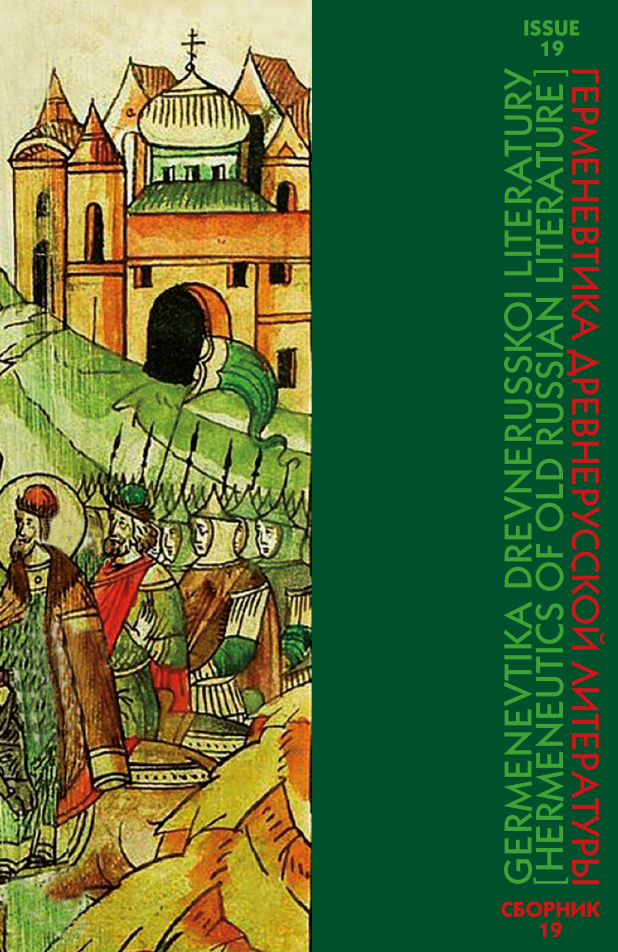Abstract: The study conceptualizes “A tale of Gore-Zlochastye” as a religious-philosophical essay, which makes for peculiar revision of the parable of the prodigal son`s narrative model. Using the well-developed plot-based narrative about the individual man’s destiny, and the images, clear and, apparently, relevant for the Russia of the 17th century, the author of the Tale expounded accurately and completely main issues of the Orthodox anthropology and soteriology. The narrative, parallel to the passage about the Fall of Adam and Eve, ends with a statement of the change and «obscuring» of human nature as a con-sequence of the fall. Тhen the text elaborates on the life in a “foreign country”, that is the nature of the mankind expelled from Paradise. One of the key issues here is the nature of the evil. Semantic key to the second part of the Tale are the words from the parable of prodigal son: “thy brother was dead and is alive again” (Luke 15: 32). The conceptualization of the hero’s way in a “foreign country” combines the Biblical parallels with archaic and folk markers indicating the death world like the reverse reflection of the living. The crossing of the river from the “foreign country” to the “home side” after a penitential “tune” and his retiring to the monastery (as “a care about the death”) receive additional eschatological connotations in the parabolic chronotope of the text.
Eschatological contents in the parabolic chronotope of “The tale of woe and misfortune”

- Full text:
- Information about the author:
Natalia N. Bedina – PhD in Philology, Associate Professor, Northern Arctic Federal University, Northern Dvina Embankment, 17, 163000 Arkhangelsk, Russia.
E-mail: This email address is being protected from spambots. You need JavaScript enabled to view it.
- For citation:
Bedina N. N. Eschatological contents in the parabolic chronotope of “The tale of woe and misfortune”. Hermeneutics of Old Russian literature: Issue 18 / А.M. Gorky Institute of World Literature of the Russian Academy of Sciences; ex. ed. О.A. Tufanova. Мoscow, Berlin, Directmedia Publishing, 2019, pp. 452–470.
DOI: 10.23681/500010 (In Russ.) - DOI: 10.23681/500010
- Keywords: parable, chronotope, Christian anthropology, soteriology, eschatology.





